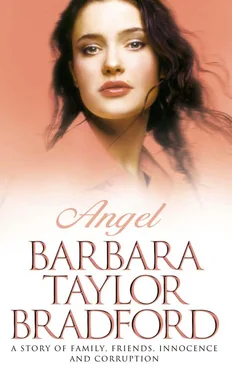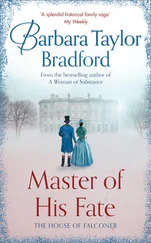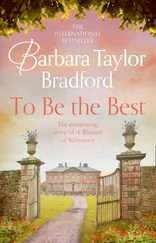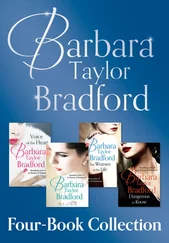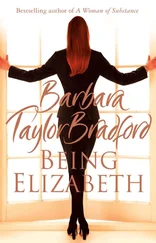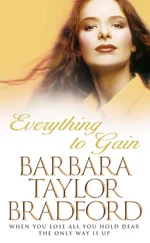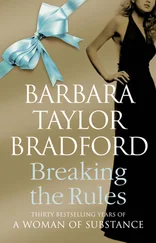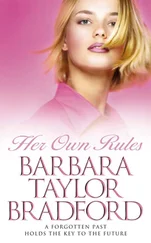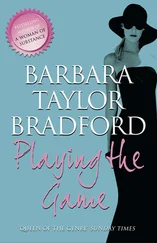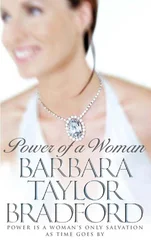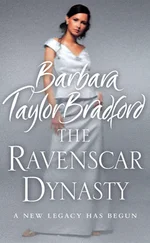Her main sketches of the costumes for Gavin were pinned on the long wall of the office, and now she walked over and stood looking at them, for a moment studying the designs intently, her head to one side. Then she nodded to herself.
Gavin was right, Kingmaker had been a very demanding film, not only because of its size, elaborateness and huge cast, but also because of the pomp and ceremony and other historical elements in the script, which she had had to take into consideration, and which had naturally influenced her designs. It had been quite a challenge. Nevertheless, she responded well to challenges; they seemed to bring out the best in her. And difficult and backbreaking though the work had been, she was gratified that she had had the opportunity to be part of a picture of such sweep, scope and magnitude.
Right from the beginning, when they had first gone into preproduction, she had been exhilarated about it, brimming with excitement and energy.
Her main focus had been on Gavin, who was cast in the leading role of Warwick. The Earl had been the most powerful man in England during the middle two decades of the fifteenth century. A Yorkshireman of Royal blood, descended from King Edward III, he was the premier Earl of England in his time, and one of the greatest magnates and warrior knights who had ever lived – truly the stuff of legend. It was Warwick who had put his cousin Edward Plantagenet on the throne of England during the civil war between the Royal Houses of York and Lancaster. Commonly known as the War of the Roses, so named because of the emblems of the white rose of York and the red rose of Lancaster, Warwick had been a major player in that war. He had, in the end, been responsible for defeating the Lancastrians in several bloody battles, and had handed the realm to Edward of York, the legitimate heir.
Because Warwick was the power behind the throne and the chief adviser to his nineteen-year-old protégé, King Edward IV, his contemporaries had dubbed him the Kingmaker. This name had stuck over five centuries, hence the title of their movie. The screenplay, by Oscar-winning screenwriter Vivienne Citrine, focused on Warwick in 1461, when he was in his thirty-third year and at the height of his powers, the action continuing for two more years, with the film ending in 1463.
Rosie’s main concern had been to create costumes for Gavin that were medieval in style, but which also suited him, flattered him, looked good on film, were comfortable to wear and move about in.
As always, her aim was to give the clothes genuine historical accuracy. It was her belief that costuming, like sets, must bring a period vividly to life on celluloid, and thus help to make the movie realistic and wholly believable. She was as renowned for her skill at doing this as she was for her immense talent, and it was one of the many secrets of her success as a theatrical designer. Rosalind Madigan’s costumes had long been noted for their unique sense of period, whether it was a period from the past or of the present, and she also made certain they delineated the rank, class and nationality of the characters in a film or a play.
Her research for Kingmaker had been so extensive she realized at one point that she had done far more than she usually did, and than was necessary. But this was because of Gavin. The film was his idea, and his own personal project. He was one of the executive producers, and had even raised the money to finance it. Hollywood had wanted no part of it, despite the fact that Gavin was as big a star as Costner, Stallone and Schwarzenegger, and at the top of the box-office charts. In fact, Gavin had faced the same kind of situation Kevin Costner had when that actor had tried to get the Hollywood studios interested in Dances with Wolves. None of them had wanted to commit to it, and Costner had gone out and done it all himself, had raised the money required with the help of Jake Ebert, an independent producer based in Europe.
The actual concept for Kingmaker had been entirely Gavin’s – his vision – and he had believed in it with such a fervour he had ignited everyone around him, filled them with his own brand of enthusiasm.
A history buff, and long intrigued by Warwick, he had been seized once more by the drama, excitement, achievement, glory and ultimate tragedy of the Earl’s life when reading yet another biography of him. His imagination fired, and filled with inspiration, he had selected a few key years, when Warwick’s star had been at its apex, and had developed his own story outline for the film. He had then hired Vivienne Citrine to write the screenplay. Together they had worked on it for over a year, until Gavin was satisfied it was as perfect as it could ever be, that it truly was a fine shooting script.
Rosie herself had been very taken with the project from its inception. Gavin had first discussed it with her when she had seen him in Beverly Hills late in 1988, and not unnaturally her excitement had known no bounds when he had finally managed to glue it all together last year.
Long before they had started preproduction in England, she had begun her research for the costumes, reading biographies of Warwick and Edward IV, as well as history books about England and France in the Middle Ages. She had studied the art and architecture of the period in order to have a total visual picture of the times, and once she was in London she had spent long hours in the historical costume departments of various museums.
When the assistant director, production designer, production manager, several other members of the unit and Gavin had left the studios to go scouting locations, she had gone with them.
They had first visited Middleham Castle on the Yorkshire moors, once the great Northern stronghold of Warwick, which still stood but had long been a desolated ruin, its broken towers and shattered chambers windswept and open to the elements. But Gavin had felt it was important to see the castle and the terrain where Warwick had grown up and had lived out a large portion of his life.
Together she and Gavin had walked through the vast empty space that had once been the Great Hall. It was roofless now, its walls crumbling into further decay. Under a sky of piercing blue, they had stepped across a stone-flagged floor partially grown-over with grass and with tiny spring wildflowers sprouting up between the cracks. Despite its tumbledown appearance it had been impressive and had captured her imagination, and Gavin’s also. Later they had driven over the sombre implacable moors where Warwick had fought some of his most decisive battles.
At the end of their trip they had travelled farther afield, had pushed on towards the East Coast. Gavin had wanted to visit York Minster, the magnificent Gothic cathedral in the ancient walled city of York. It was here that Warwick and Edward IV had once marched in soaring triumph and glory, moving across the plain of York on their caparisoned horses, at the head of their great armies, their silken armorial banners blowing in the wind, the two of them heroes to all of England – the valiant young King and the Kingmaker. To Rosie, this was one of the most colourful and effective ceremonial scenes in the script, and she had been excited about designing the costumes for it.
Between several more trips to Yorkshire, and many more hours spent cloistered in libraries and museums, she had eventually acquired enough knowledge to start all of her designs, confident that she knew more about medieval England than most people.
As it turned out, the only real problem Rosie encountered was the designing of the armour. Recalling the worry and anxiety of that now, she eyed the suit of armour standing in one corner of the room, and winced. She would never forget the terrible struggle she had had in creating the prototype.
There was one big battle scene in the script, which, despite the difficulty of shooting it and the costs involved, Gavin was determined to keep. And so she had had no alternative but to make a stab at designing the medieval armour plate.
Читать дальше
